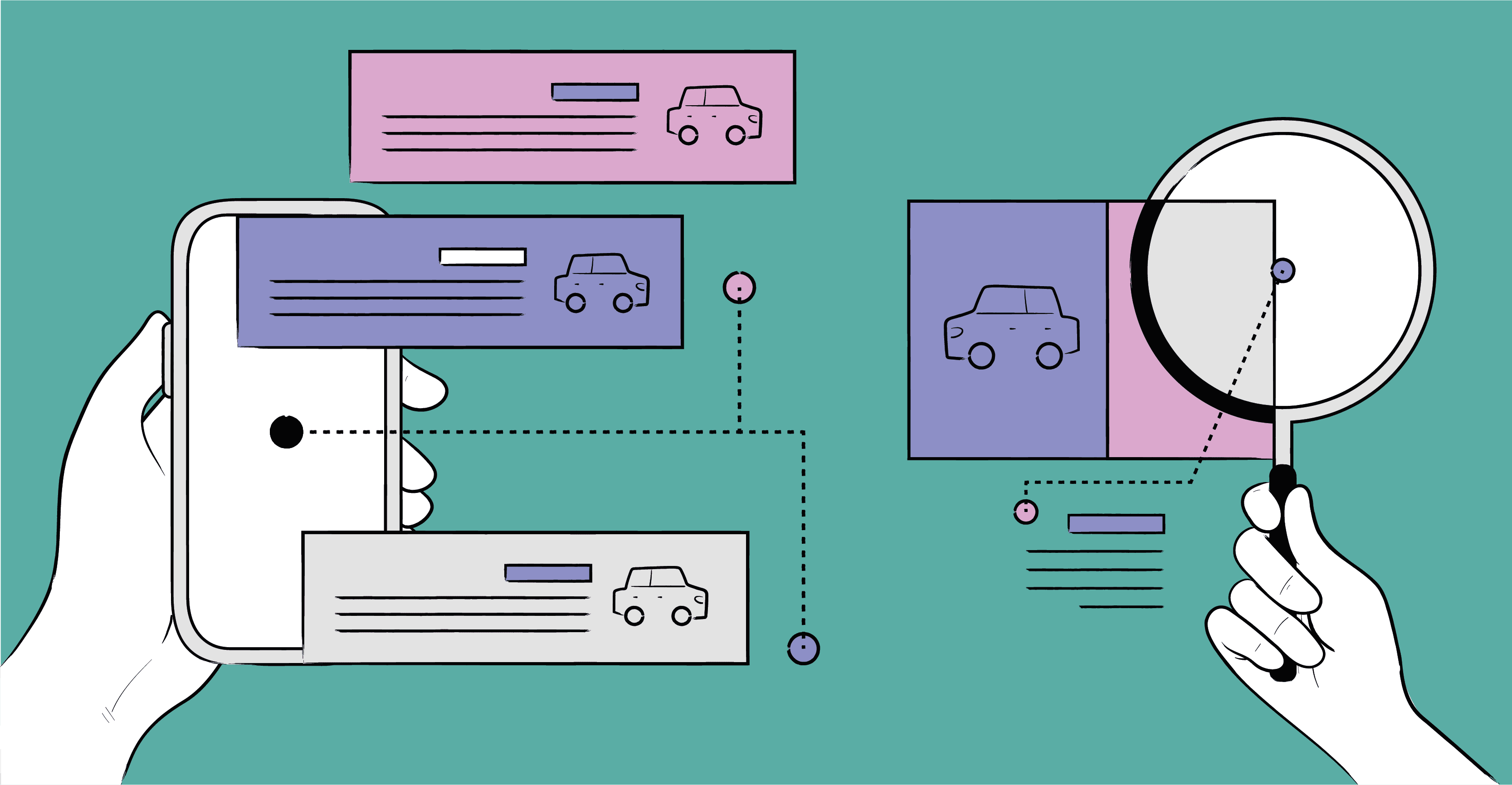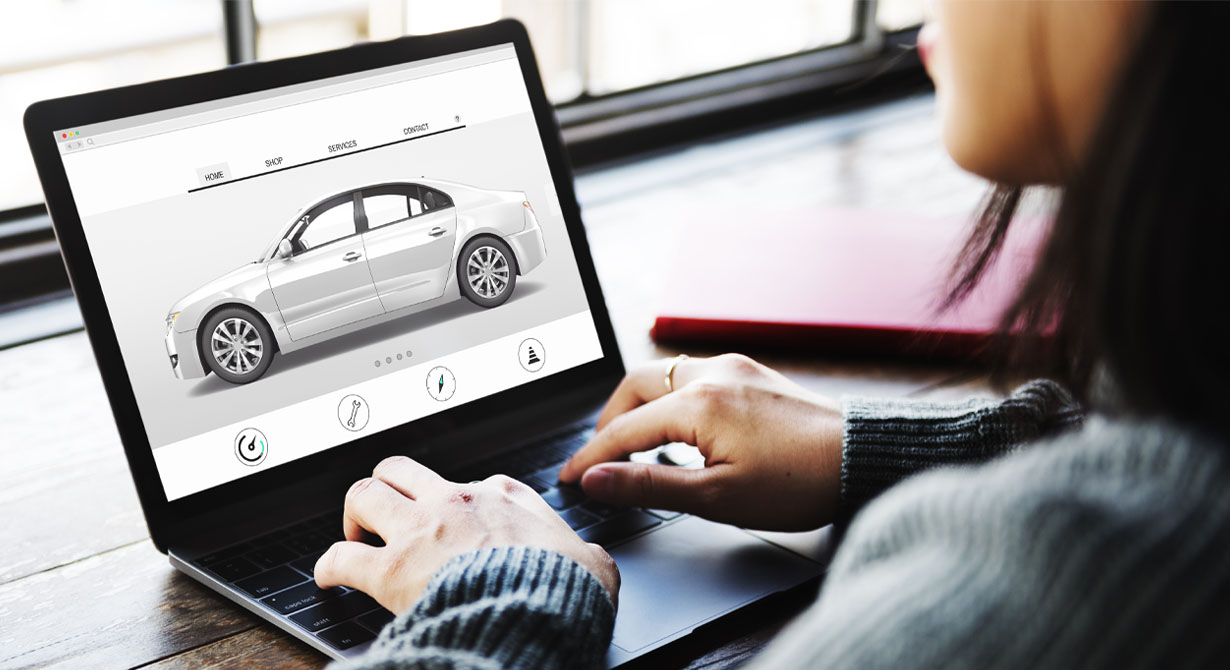Get in touch
The future of automotive retail: the 5 most important things automotive brands should do

The automotive industry is changing, and in this first blog in our automotive series, we explore how smart tech and connectivity within the car is increasingly changing the automotive industry, and why the car is no longer ‘just’ a car; automobiles are now even a mainstay at the influential Consumer Electronics Show, held every year in Las Vegas. So, what should automotive brands be doing right now to stay relevant?
We can assume that there will be a move towards cars being bought or leased more along the lines of mobile phones. We also know that tech requires frequent upgrades and car makers will need to take account of how their users’ existing technology, data and media connect.
The automotive retail sector operates a business-centric, old-fashioned, and linear model that needs to adapt to the changing times. Brands that can connect with customers to design a unique experience around buying and owning a car will differentiate themselves from the pack. Car manufacturers will need to increase their ‘design thinking’ capabilities to stay relevant. This encompasses the customer’s entire experience with a brand, from the initial decision to look for a new car, through to after-sales care.

Here we look at the five main ways in which brands can rethink the experience for customers to meet new expectations. They need to provide a service that keeps customers engaged and deliver a positive experience throughout the entire process.
- Immersive online research It’s a given that these days people start their research into buying a new car online. It’s quicker and easier than visiting or calling a dealership and they can look for what they want rather than being pushed towards something they don’t. Automotive manufacturers can help the customer by, for example, designing online tools that can be used intuitively and that provide objective answers to their questions. Interactive experiences can help potential customers visualise products and services better.
- Go to the consumer Car manufacturers tend to have a better outcome if they can engage directly with customers at an earlier stage of the car-buying process. Many dealerships are in out-of-the-way locations and will only attract visitors when most of the decisions have already been made. Pop-ups in shopping centres, partnerships, and town-centre stores can be effective ways to create engagement with potential buyers at a critical stage in their journey.
- Design connection and relationships Any online list of hated professions and you’ll find car salespeople fighting it out with real estate agents. Car salespeople have a reputation for being pushy and arrogant. The commission-based model for sales people only incentivises them to sell. It doesn’t reward expertise, customer service or helpful guidance. Training, development, and customer-centric selling practices will help brands stand out from the crowd.
- Streamline the purchasing process Customers looking to buy a car, as with many products, will often visit the store and then make their purchase later online. This often requires customers providing the same (or different) information on various occasions. Car buying needs to be as simple and straightforward as possible to give the customer the smoothest, most straightforward, and value-added experience possible. Not everyone is an expert in cars, but everyone deserves to feel confident they are making the right choice - from those with limited knowledge, to passionate car enthusiasts. The challenge Is, how do you serve these extremes in a way that suits them both and feels seamless? How do you serve them through different channels, seamlessly integrated with a physical experience? The answer Is to design the entire customer journey, to design an experience that sets your brand apart from the rest and creates a seamless customer experience. An Important foundation of this process is to collect data at an early stage, that can be utilised to tailor a more personal service with the right service design. This also requires less effort from the customer on subsequent visits.
- Use data in a meaningful way Technology within cars gives manufacturers an insight into car usage: they just need to capture the data. With it they can get a better understanding of their customers and how they use their vehicle - enabling them to have a better understanding from which they can design and offer innovative solutions. Car manufacturers should be adding value and helping to make their customers’ lives safer and more efficient.
Here at Engine Service Design, we thrive on fixing, re-imagining and innovating services that help our clients deliver brilliant customer experiences. In our next blog we will be looking more closely at the traditional franchised network nature of car dealerships and asking how much longer it can be sustained.
If you have any questions about how we can help or would like any further information, please get in touch: we would love to help.
The future of automotive retail: The importance of merging digital and physical experiences seamlessly
The automotive industry is no different to any other when it comes to online and in person...Driving joined-up retail for the future of automotive
It's time for service innovation in the automotive industry The automotive industry is at a pivotal...Overcoming business silos in the automotive industry to improve customer experience
In our previous blog we talked about reimagining the customer relationship in the automotive...Book time with a service design expert.
Discover the transformative power of service design and unlock the full potential of your business. Get in touch with our service design experts today and start improving or innovating your services and customer experience.